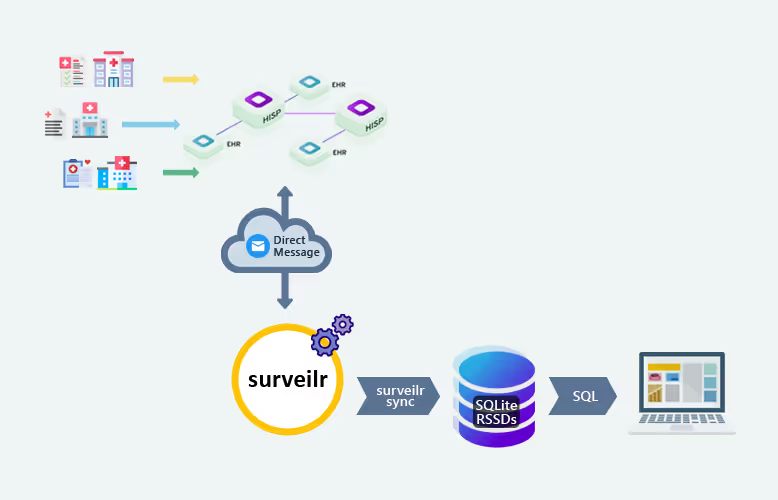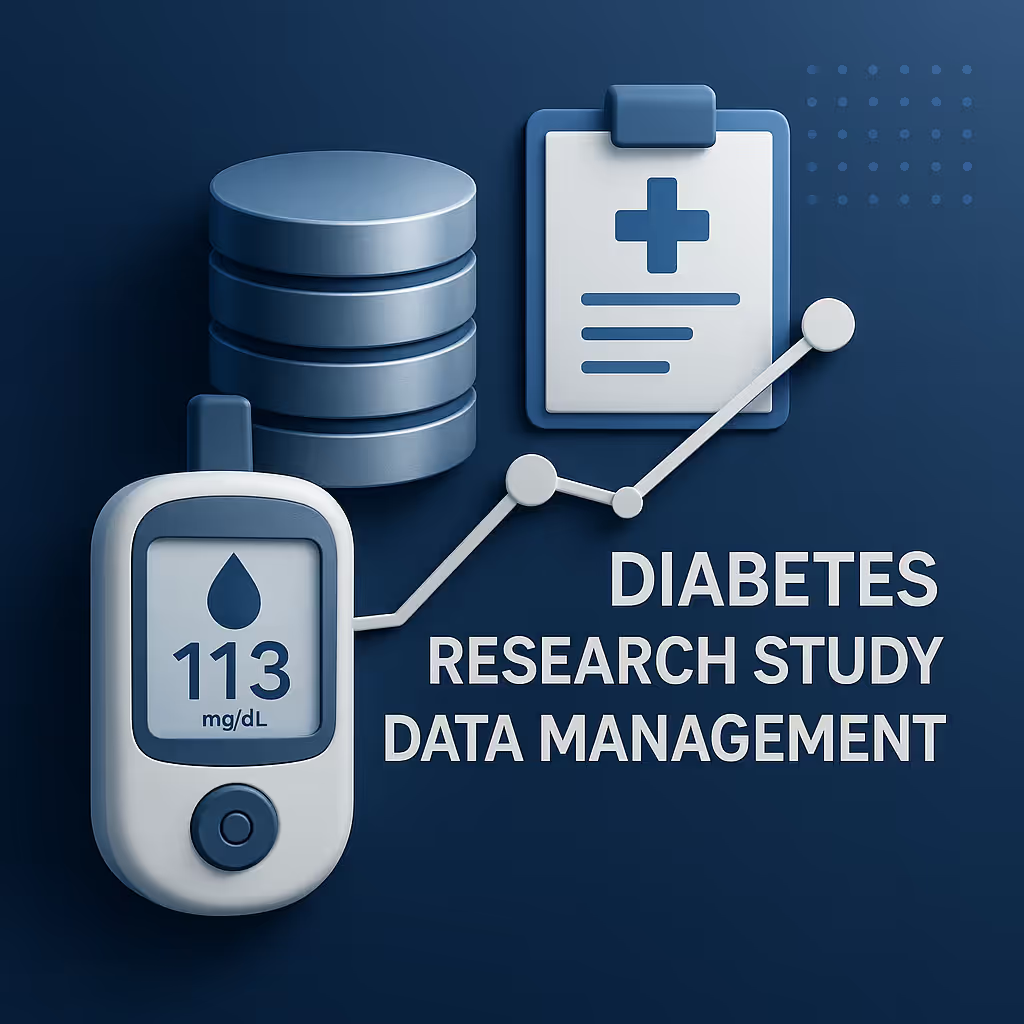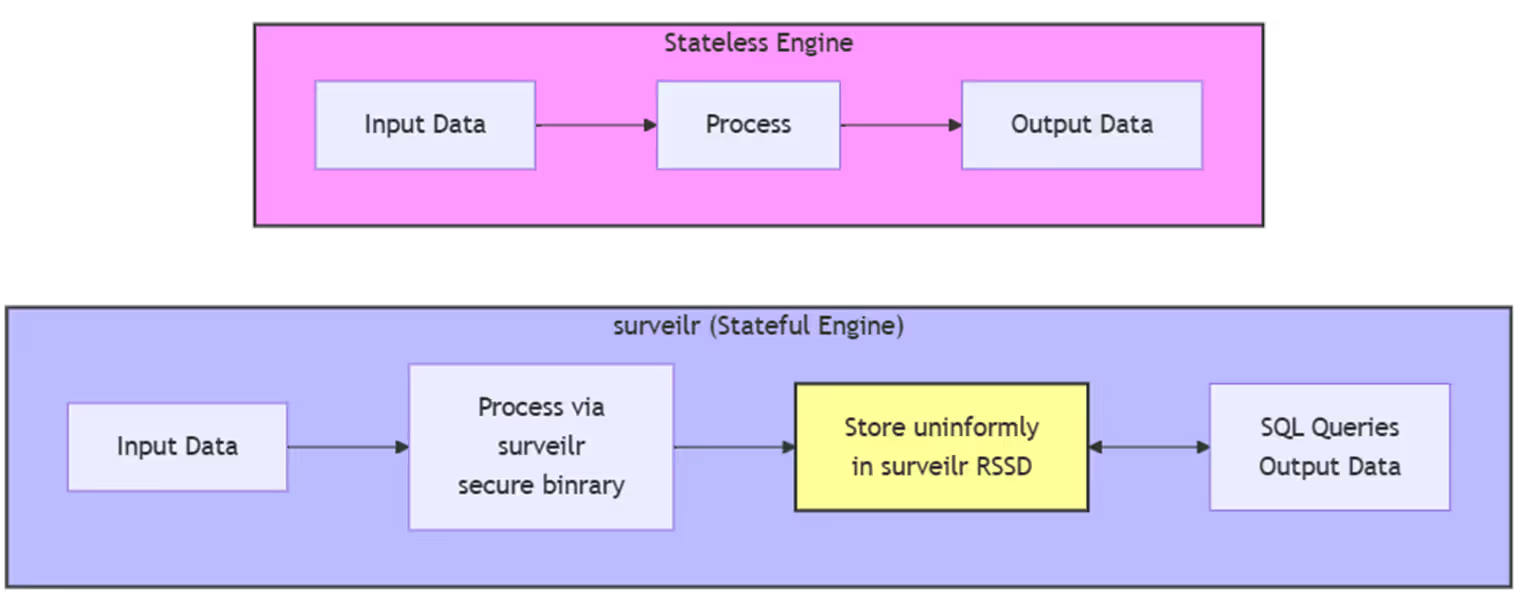In today’s data-driven world, the ability to track, manage, and analyze information is critical for organizations of all sizes. Surveilr delivers cutting-edge solutions through its stateful data integration process, which ensures that every piece of data is consistently tracked, organized, and available for immediate querying.
The engine behind all of this is a lightweight, yet powerful SQLite database we call the Resource Surveillance State Database (RSSD).
At its core, the RSSD is a SQLite database that serves as the backbone of surveilr’s stateful data operations. SQLite is a widely-used, embedded database engine that stores data in a single file—making it portable, fast, and extremely efficient for local data operations. The RSSD is the hub where all data integration activities occur, ensuring that information is continuously stored, tracked, and ready for retrieval whenever needed.
Understanding RSSD Through an Excel Analogy
For those unfamiliar with databases, it may be easier to think of the Resource Surveillance State Database (RSSD) as something similar to Microsoft Excel—a tool most of us have used at some point. Here’s a breakdown of how the RSSD works, using an Excel analogy:
RSSD is Like an Excel Workbook
Just like an Excel workbook is a single file that contains all of your data, an RSSD is also a single file that contains all of the data surveilr is managing. This single file can store everything from simple numbers to complex records that need to be tracked and queried.
Tables are Like Excel Worksheets
In Excel, you organize data into worksheets. Similarly, in the RSSD, the data is organized into tables. Just as a worksheet holds rows and columns of data, a table in the RSSD holds rows of records and columns of fields. For example, you might have one table for customer data, another for transactions, and yet another for logs.
SQL is Like Excel Formulas
In Excel, you use formulas to manipulate your data. These formulas allow you to perform calculations, look up values, or summarize data across your worksheets. The RSSD uses SQL (Structured Query Language) instead of Excel formulas, but the purpose is similar—it’s a way to interact with and analyze the data in the tables.
Just like in Excel, where you can create simple to complex formulas depending on your needs, the RSSD allows you to extract insights from your data using flexible SQL queries that work across different tables of information.
Flexibility and Power
Just as Excel gives you the ability to manipulate, organize, and analyze your data in many different ways, the RSSD allows you to do all of this too—only it uses SQL, which is more powerful when working with large datasets. For example, while Excel might slow down with very large workbooks, the RSSD, thanks to SQLite, can handle millions of records without breaking a sweat.
Portable and Self-Contained
In the same way that you can take an Excel file and send it to someone else (and they’ll have access to all the worksheets and data), the RSSD is a self-contained file. This means you can move the entire database, complete with all its tables and data, simply by copying the RSSD file to another location. There’s no need for a complex setup or configuration—just open it and start working with the data.
How RSSD Works as a SQLite Database
The Resource Surveillance State Database (RSSD) leverages SQLite, a fully-featured relational database that is known for being:
- Lightweight: SQLite operates entirely within a single file. There is no need for a separate database server or complex configuration, which makes it ideal for edge-based data operations that need portability and ease of deployment.
- Efficient: Even though it’s a single file, SQLite is capable of handling large volumes of data with fast read/write speeds. This efficiency is key to surveilr’s ability to track the state of data across different systems without significant performance overhead.
- ACID-compliant: SQLite ensures that all transactions are atomic, consistent, isolated, and durable. This means that any operation—whether it’s inserting, updating, or deleting data—completes fully or not at all, ensuring the integrity of your data even during system failures.
- Self-contained: All the logic, schema, and data reside within the RSSD file, making it easy to transport and integrate across systems. You can move the entire state of your data from one environment to another by copying a single file.
Why SQLite?
- Local-First Processing: SQLite’s small footprint and self-contained nature make it an ideal choice for local-first and edge-based data operations. In surveilr, we process data locally before sending it to centralized locations, reducing latency and ensuring data security by minimizing unnecessary transfers.
- SQL-Based Flexibility: SQLite is fully SQL-compliant, which means you can perform standard data operations like aggregations, queries, and joins on the RSSD. This empowers technical teams to run complex data processes with ease, extract meaningful insights, and ensure data consistency.
By using SQLite for the RSSD, surveilr ensures that stateful operations are fast, reliable, and scalable without the need for heavy, server-based databases. It’s an ideal solution for organizations looking for flexibility and performance in a portable, easy-to-manage format.
Why RSSD makes Data Integration easier for those without IT departments
No Server Setup Required
One of the biggest advantages of using SQLite for the RSSD is that there’s no need for a dedicated database server. Everything happens locally within a single file. This simplifies setup, reduces costs, and minimizes dependencies on external infrastructure, which is especially beneficial for smaller organizations that may not have large IT departments.
Fast and Lightweight
Because the RSSD is built on SQLite, it’s designed to be fast and lightweight. This is critical for local-first operations, where data needs to be processed efficiently on edge devices or local machines before being synchronized with a central system. Despite being lightweight, the RSSD can handle a high volume of data with excellent performance.
SQL for All Data Operations
By standardizing all data operations with SQL, the RSSD makes it easy for non-technical users who are familiar with SQL (or even just comfortable with Excel formulas) to work with the data. SQL is a widely-known language that allows users to run queries, generate reports, and analyze data without needing to learn a new, proprietary system.
Reliability and Durability
The RSSD ensures data consistency through its ACID-compliant transactions, meaning you can trust that your data is safe, even during system failures. Every change made to the RSSD is guaranteed to be completed fully or not at all, so you never end up with incomplete or corrupted data.
Portable and Easy to Backup
Because the entire database is stored as a single file, backing up and restoring data is as simple as copying the RSSD file. This simplicity makes the RSSD an attractive solution for organizations that want a reliable, easy-to-manage database solution without the overhead of more complex systems.
Whether you’re a technical professional or a non-technical user, the Resource Surveillance State Database (RSSD) offers an intuitive and efficient way to manage your data. By leveraging SQLite and simplifying operations through SQL queries, the RSSD ensures that data is stored, tracked, and accessible—without the complexity of managing a traditional server-based database.
For non-technical users, it’s as easy to understand as working with an Excel workbook. For technical users, the flexibility and power of SQL make it a robust solution for handling complex data operations. The RSSD delivers the performance, reliability, and simplicity that modern organizations need to thrive in today’s data-centric landscape.












